Backcountry Skiing vs. Winter Hiking: Find Your Winter Flow
Today’s chosen theme: Backcountry Skiing vs. Winter Hiking. Explore the contrasts, crossovers, and charms of two snowy paths—and decide which adventure deserves your next crisp, blue-sky day.

Two Winter Journeys, One Snowy World
Backcountry skiing thrives in deeper snowpacks, open bowls, and glades where glide matters, while winter hiking follows packed trails, forested paths, and wind-scoured ridges. Both demand smart route choices and respect for evolving winter conditions.
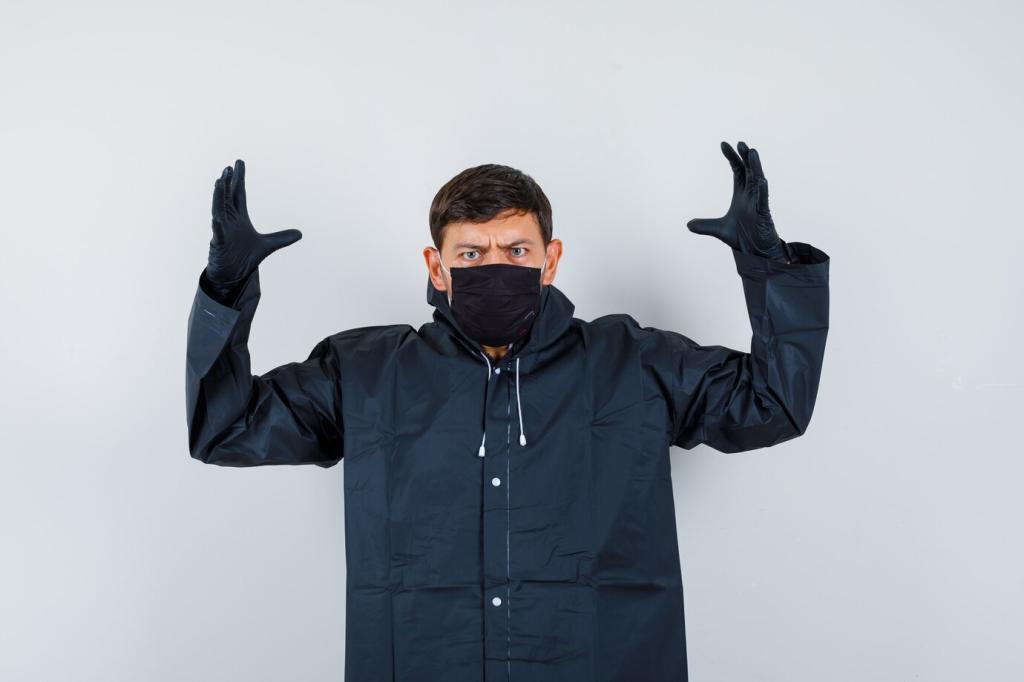
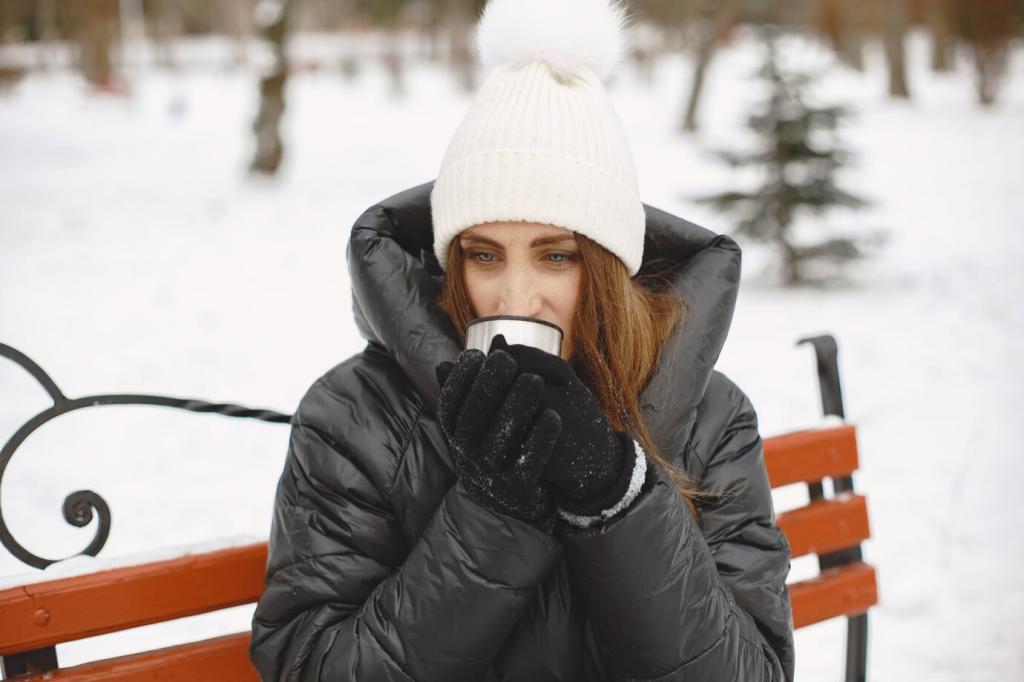
Two Winter Journeys, One Snowy World
Skinning offers an efficient, gliding cadence uphill and flowy descents, whereas hiking embraces a steady crunch, deliberate steps, and lingering viewpoints. Each delivers a different kind of meditation—movement, breath, and silence in snowy harmony.
Safety First: Managing Winter Risk
Ski tourers need beacon, shovel, and probe proficiency, plus critical terrain selection. Read the avalanche forecast, measure slope angles, and practice rescue drills. Partners, communication, and conservative choices keep powder days joyful, not perilous.
Safety First: Managing Winter Risk
Hikers face ice, hidden water crossings, tree-bombed trails, and rapid chilling. Microspikes or crampons, gaiters, and spare gloves matter. Avoid cornices, respect short daylight, and track turnaround times so curiosity never outruns safe retreat.
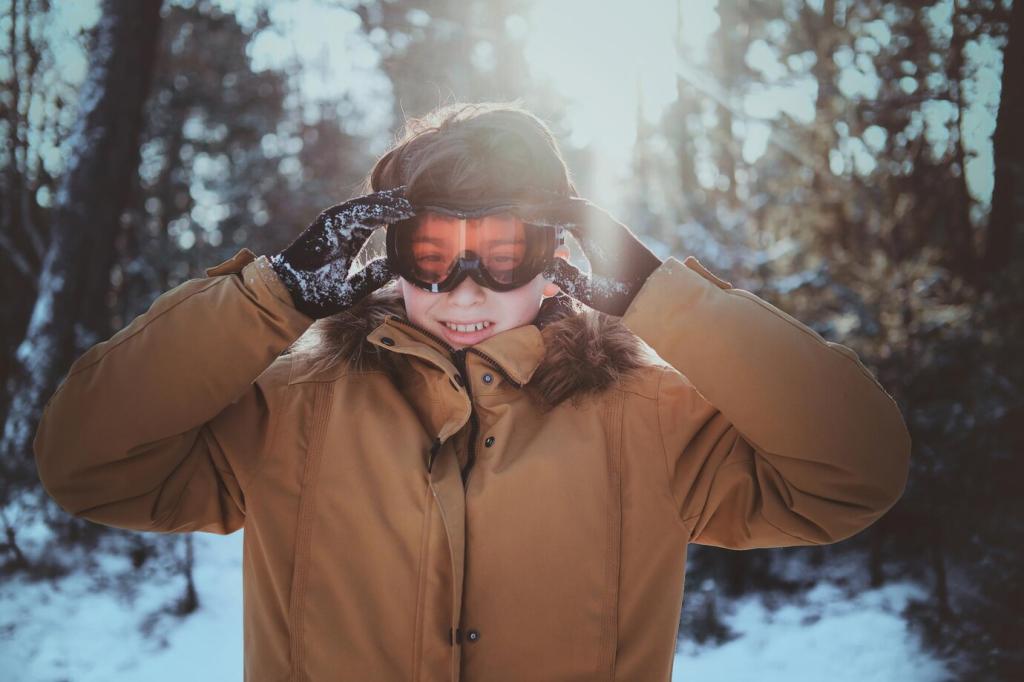
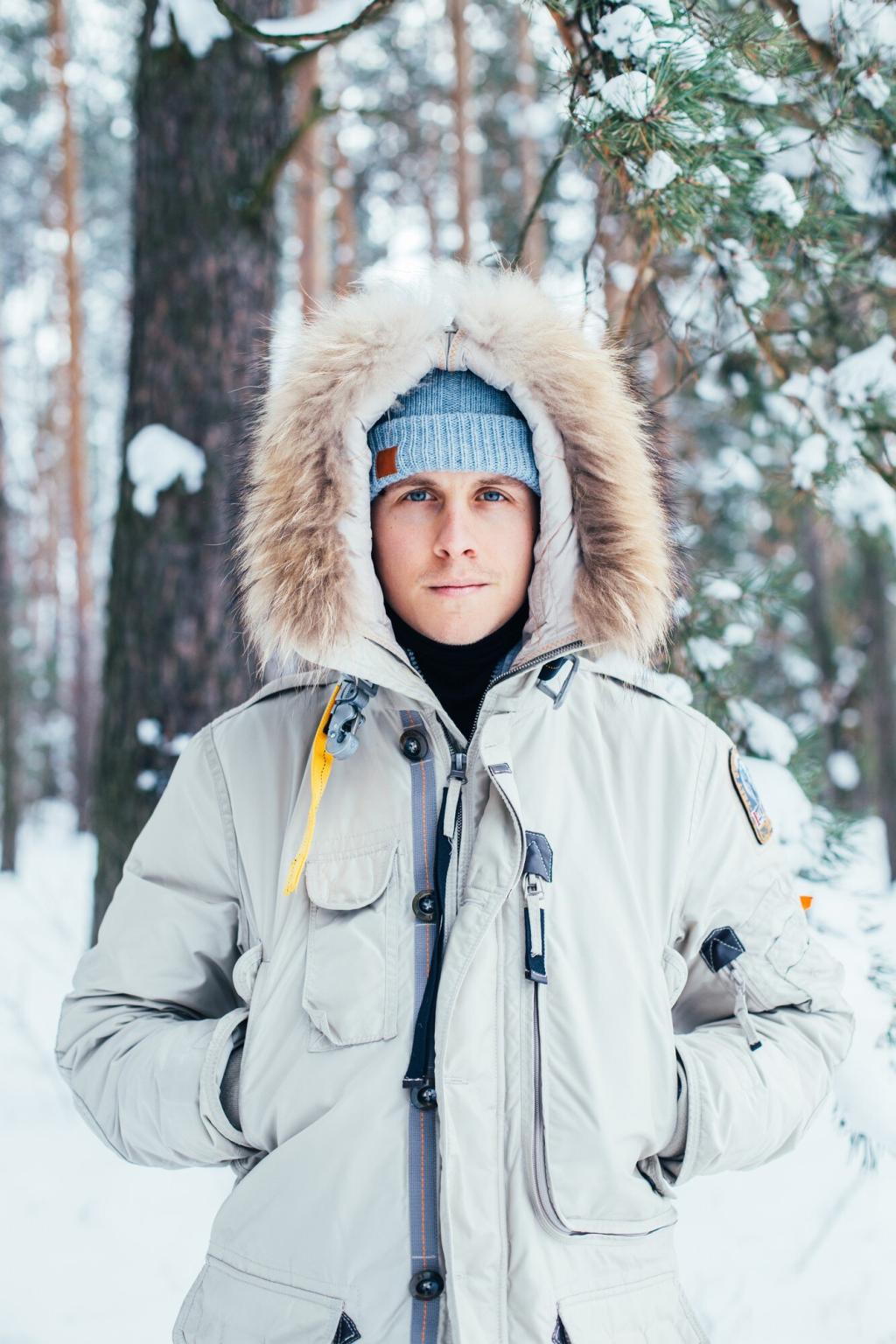
Touring Essentials for Skiers
Touring skis with skins, pin bindings, supportive boots, and adjustable poles define efficiency. Add helmet, repair kit, sturdy gloves, and headlamp. Keep skins warm, manage transitions smoothly, and stash a compact first-aid kit for peace of mind.
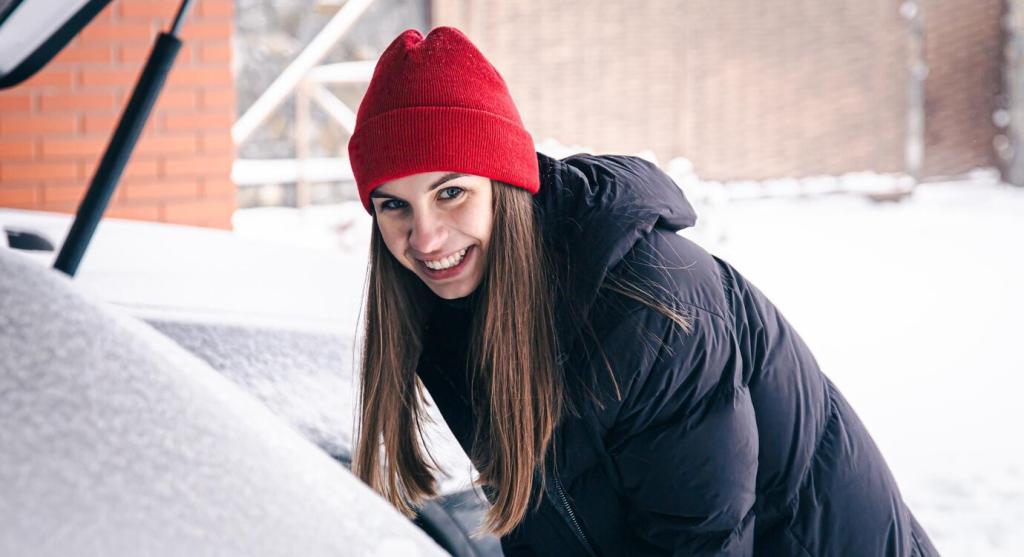
Winter Hiking Kit Priorities
Insulated boots with microspikes or crampons, trekking poles, and sometimes snowshoes handle varied surfaces. Pack spare socks, an emergency bivy, and a foam sit pad. Simple tools, well-chosen layers, and hot drinks keep morale high.

Layers, Warmth, and Fuel
Mastering layers matters more than buying more. Pair breathable bases, a heat-trapping mid, and a weatherproof shell. Add a reliable puffy, thermos, salty snacks, and quick sugars. Cold burns calories—feed the engine before it sputters.
Fitness and Technique in the Cold
Skiers refine kick-turns, manage heel risers, and keep skins clean for grip. Hikers shorten stride, align weight over feet, and use poles wisely. Both conserve energy with steady cadence, light steps, and mindful breathing.
Skiers adapt turns to conditions—short-radius in trees, patient arcs on firm snow, and defensive stances on crust. Hikers descend cautiously, avoid slide paths, and resist risky glissades. Control keeps adventure joyful, not dramatic.
Strengthen legs with step-ups and eccentrics, build balance with single-leg drills, and maintain aerobic base through intervals. Practice transitions for skiing; rehearse traction changes for hiking. Share routines that helped you level up responsibly.


This is the heading
Lorem ipsum dolor sit amet, consectetur adipiscing elit. Ut elit tellus, luctus nec ullamcorper mattis, pulvinar dapibus leo.

This is the heading
Lorem ipsum dolor sit amet, consectetur adipiscing elit. Ut elit tellus, luctus nec ullamcorper mattis, pulvinar dapibus leo.
Planning, Navigation, and Stewardship
Smart Winter Planning
Consult weather, avalanche forecasts, and recent trip reports. Define plan A, B, and C with time caps. Share itineraries, establish comms, and match objectives to group skills—on skis or boots, intention beats improvisation.
Navigation Tools and Tactics
Map and compass anchor decisions when batteries fade. GPS adds precision, but beware of blind trust in tracks. Track bearings, note wind effect, and mark safe regroup points to avoid compounding errors in cold.
Leave No Trace in Snow
Snow hides impact but does not erase it. Protect fragile trees, avoid wildlife stress zones, and stay off thawing edges. Pack out everything, even tea leaves. Respect today’s snowpack, safeguard tomorrow’s trails.
